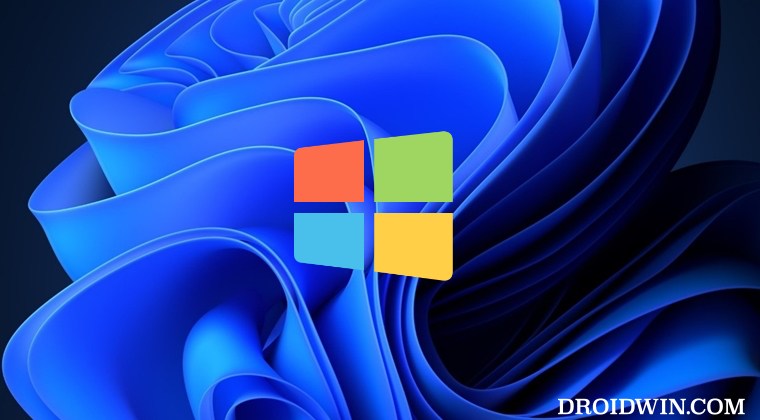But what’s the need of doing this? Well, when Windows saves the provided image in the TranscodedWallpaper format, it tends to compress it by 15-20%. So the wallpaper that you set is only 80-85% of its actual resolution. This is mainly done to reduce a tiny bit of overload on your system, which to be fair might not have a big impact on the RAM, CPU, or the overall loading speed of the OS. Moreover, getting greeted with a compressed wallpaper every time you visit your desktop wouldn’t translate to the best UI/UX experience either. So to counter all these issues, this guide will show you the steps to set a desktop wallpaper in full resolution on your Windows 11 PC. Follow along.
How to Set Desktop Wallpaper on Windows 11 in Full Resolution
Do note that Windows only transcodes the JPG and JPEG files and hence compresses them. It doesn’t do so with any other file format [such as PNG]. So if you are planning to set a wallpaper in PNG format, then you don’t need to carry out the below steps as Windows automatically sets all PNG format wallpapers in 100% resolution. Only refer to the below steps in case you are dealing with JPG/JPEG formats. That’s it. You will now be able to set a desktop wallpaper in Windows 11 in full resolution. If you have any queries concerning the aforementioned steps, do let us know in the comments. We will get back to you with a solution at the earliest.
How to Change Folder Picture/Thumbnail Preview in Windows 11Windows Freezing/Crashing to Grey Screen: How to FixAdd Rich Text Document to Windows 11 Context MenuControl RGB Lighting in Windows 11 without third-party apps
About Chief Editor
